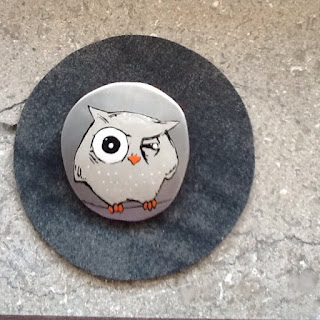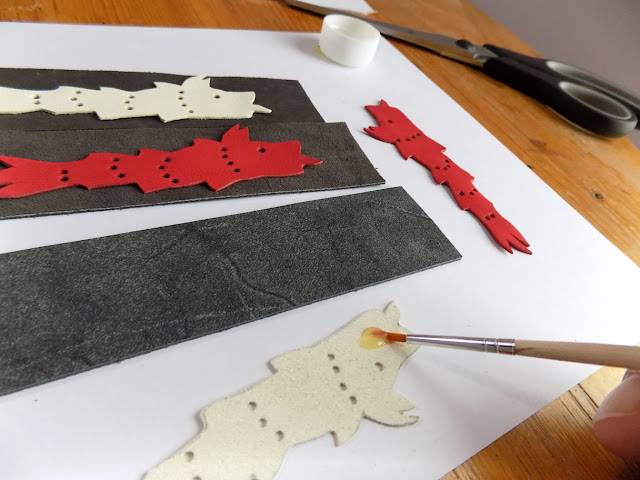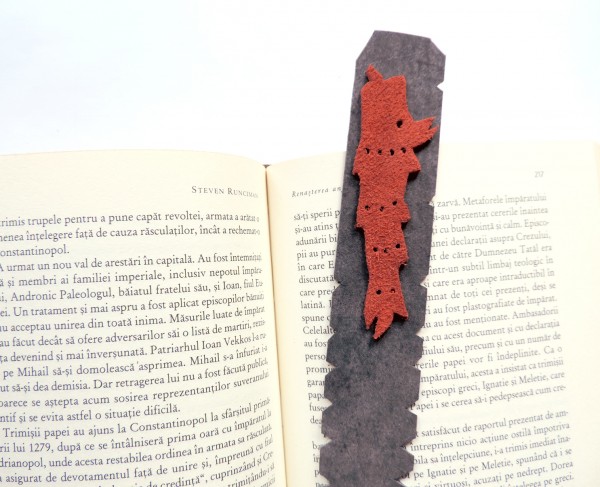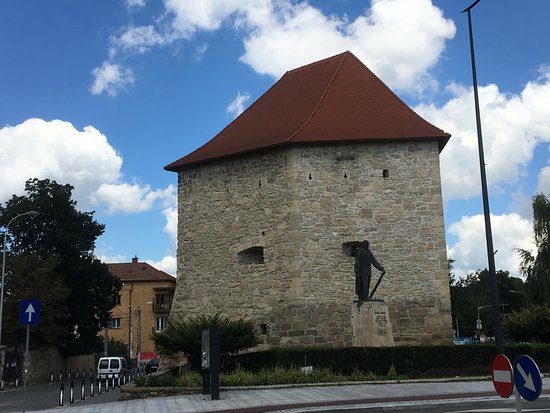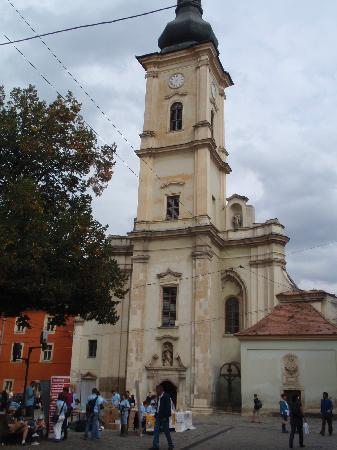On July 1st Virtus Antiqua organizes yet another experimental archaeology workshop near Cluj-Napoca, at Camp Virtus. The meeting includes two projects - modelling ancient-style loom weights inspired by archaeological artifacts from Romania and remaking another Roman cabbage recipe from Apicius. A vertical loom will be reconstructed and used during subsequent meetings.
The workshops is part of the "Labyrinth through time" cultural project that benefits from funding from the Romanian National Cultural Fund Administration, targeting 15 such workshops with families of volunteers and a larger event in the autumn when Camp Virtus becomes an actual labyrinth inhabited by gladiators, Roman auxiliary soldiers, ancient perfume makers, hawkers, Dacians and Celts.
So, both volunteers and the general public [including English speakers as well!] are invited on Saturday, July 1st, in Salicea, near Cluj, for a time-immersive experience!
 |
| Clay loom weights modelling workshop by Virtus Antiqua |














